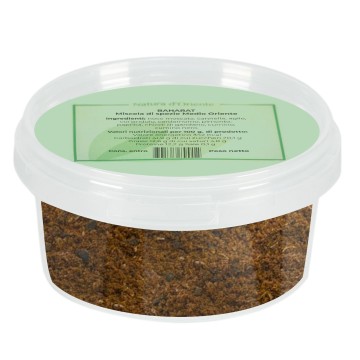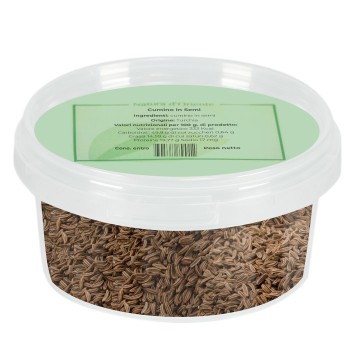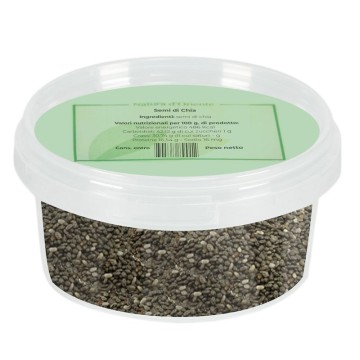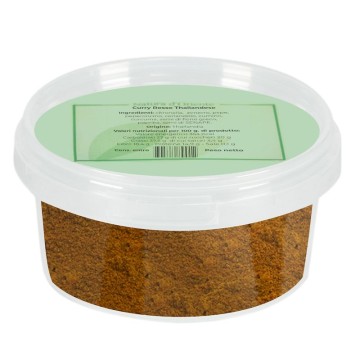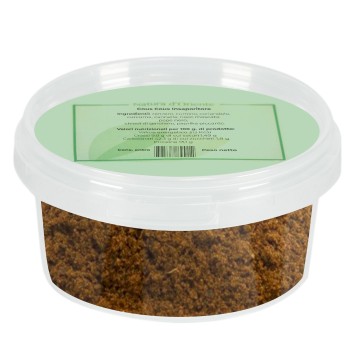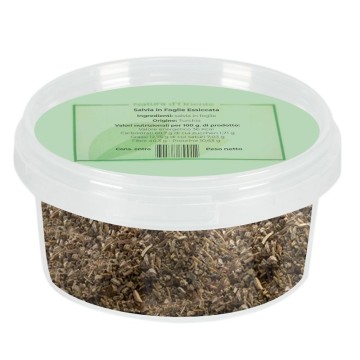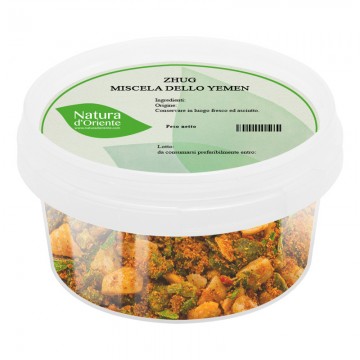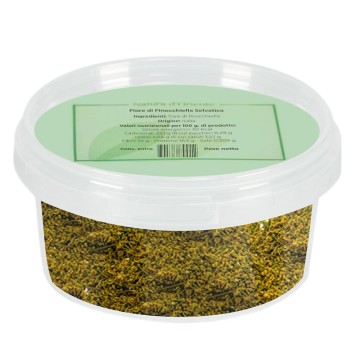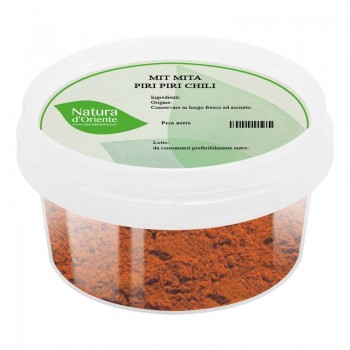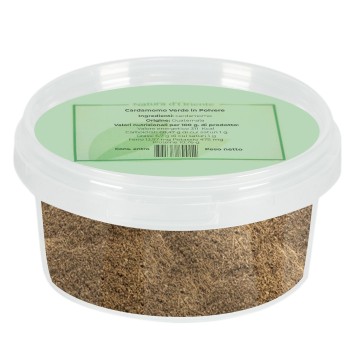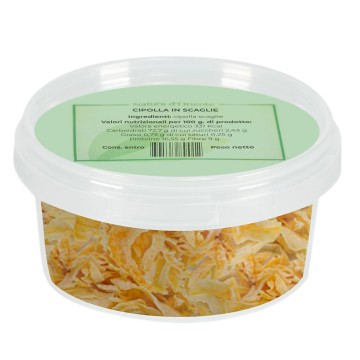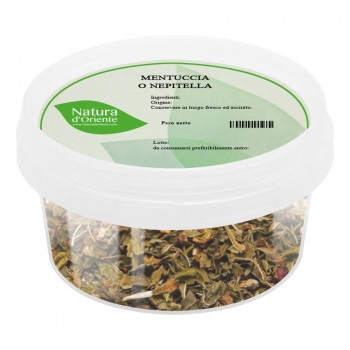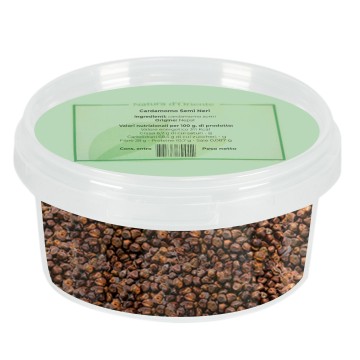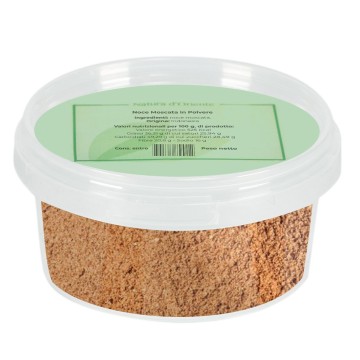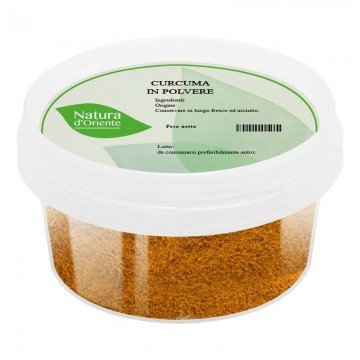Whole star anise: what are the properties and benefits?
The seeds of this type of anise give an intense aroma and a warm, sweet and spicy flavour. Among its taste properties, star anise is reminiscent of licorice, fennel seeds and cloves. It evokes green anise seeds in taste but the aroma is more penetrating, slightly pungent. Despite the similarities in flavor and names, the two spices are not botanically related. What they have in common is anethole, a substance present in the seeds of both plants.
One of the characteristics that make this spice most appreciated is its useful qualities for digestive function. Star anise has properties that help the transit and assimilation of food in the gastrointestinal tract; promotes the protection of the stomach and intestinal bacterial flora. It shows carminative qualities that facilitate the elimination of excess gas in the intestine, becoming a perfect ingredient for a herbal tea that deflates the belly. In cooking it is also used to stimulate the appetite. It is also useful for relieving nausea and indigestion symptoms, with its natural cleansing effect.
In the herbal tradition, star anise is used in herbal teas and infusions for its properties that help regular gastrointestinal motility and gastroprotection.
An anise infusion helps to deflate the belly, especially in combination with fennel; also used for laxative and diuretic effects. Star anise is able to stimulate diuresis, recommended against water retention.
It also has useful qualities to combat colds and winter ailments, given that the infusion of star anise helps the fluidity of bronchial secretions. As an expectorant it promotes the well-being of the nose and throat, in case of cough or irritation of the respiratory tract. It also helps bad breath and the well-being of the oral cavity, releasing an excellent flavor both in the infusion and in cooking recipes.
Its purifying qualities useful for gastrointestinal well-being are due to the various compounds in star anise. In terms of nutritional values, in fact, star anise is rich in antioxidants such as flavonoids and polyphenolic compounds, and other bioactive compounds. Among the main compounds of star anise, we find anethole, linaiol, quercetin, shikimic acid and limonene. It also contains minerals and vitamins. Star anise is a food that usually does not cause particular side effects, but some people may show allergic reactions. It is important not to confuse Chinese star anise with Japanese star anise, which is toxic.
Origins and history of cultivation
Star anise has been known since ancient times in China, both as an aromatic spice in cooking and as a remedy in folk medicine. It is obtained from the fruit of the Chinese tree Illicium verum, and its name derives from the star shape of the pods that house the seeds. The individual carpels are arranged in a star shape around a center, and each houses a seed. When dried they are hard, reddish-brown in color, with lighter, smooth, shiny seeds. Star anise belongs to the Schisandraceae family (formerly Illiciaceae) and its seeds are larger than green anise.
Deriving from a plant native to Asia (China and Vietnam), star anise has traditionally been used in Chinese medicine. It established itself as a natural remedy to treat nausea, constipation and digestive problems; in addition to its use for respiratory inflammation.
In ancient times, star anise was considered a natural antibiotic in herbal medicine, and today it represents the most important source of shikimic acid - used for various anti-flu pharmacology preparations. The dried seeds are used to flavor candies, liqueurs, perfumes and soaps, creams and toothpastes. In Europe, star anise has been known since the end of the sixteenth century, brought by the English and in great demand thereafter. Even today it is mainly cultivated in Asia and is widely used in the food industry.
Use of star anise seeds in cooking
Whole star anise seeds are appreciated for their particular flavour, similar to licorice and green anise. It is a popular ingredient in Asian and Indian cuisine in recipes such as soups, stews, stocks and broths, and in combination with curry leaves. In Indian cuisine it is part of several types of curry, known for its presence in Indian Ga blendsRam Masala. It is part of the 5 Chinese spices to give a warm and sweetish nuance.
Widely used in baked goods, for bread and focaccia, it is an ingredient in cakes, biscuits and desserts. Great for muffins, gingerbread, apple or pumpkin pie, cooked fruit; exquisite ingredient for some custards - good combination with vanilla or ginger.
In savory recipes, as a versatile spice, it goes well with white meat dishes such as pork, sheep, duck, goose, chicken dishes and fish main courses. It can be used in sautéed recipes and with citrus fruits it creates excellent vinaigrettes.
When cooking it is important to use star anise in moderation, and not cook the whole pods for too long: this spice can overwhelm all the other flavors of a dish.</p >
Also used in drinks to create syrups, to flavor plant-based milk and other healthy drinks, for mulled wine and cider. Furthermore, it is used for infusion especially in Southeast Asian countries and China as a drink after meals. To make a star anise herbal tea it is necessary to infuse a berry / pod for about 10 minutes in a cup of hot water (about 100 C).
As a spice, star anise pairs well with coriander, cumin, cinnamon, nutmeg, cardamom and cloves. It can be combined with fennel seeds, mint, black pepper, chili pepper and allspice.
Pear sauce with cinnamon, star anise and lemon
Ingredients: 1 cinnamon stick - 4-5 tips of star anise (about ½ whole) – 2.5 kg of peeled and chopped pears - 1 cup of brown sugar - 1 teaspoon grated lemon zest Preparation
Place the spices in double-thick cheesecloth. Enclose them by gathering the corners of the fabric, and tie them with string.
Place 500 ml of water and the remaining ingredients in a pan.
Add the spice bag, covering with the pears.
Cook over low heat, with the lid on, until the pears are tender (about 25 minutes).
Remove the spice bag.
Blend the pear mixture using an immersion blender.
Return to the pan and cook, without a lid, over high heat until the mixture has thickened to the desired consistency. Stirring occasionally.
Let it cool and place it in an airtight container in the refrigerator.
The pear cream will keep in the fridge for about 1 week.


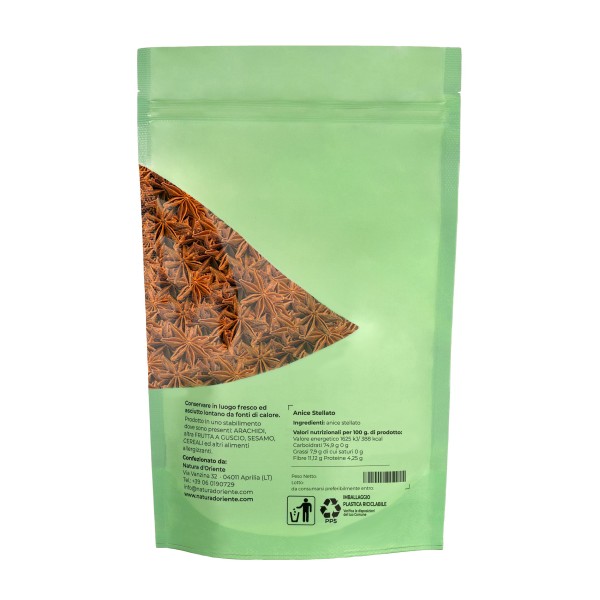








 No reward points for this product.
No reward points for this product.
